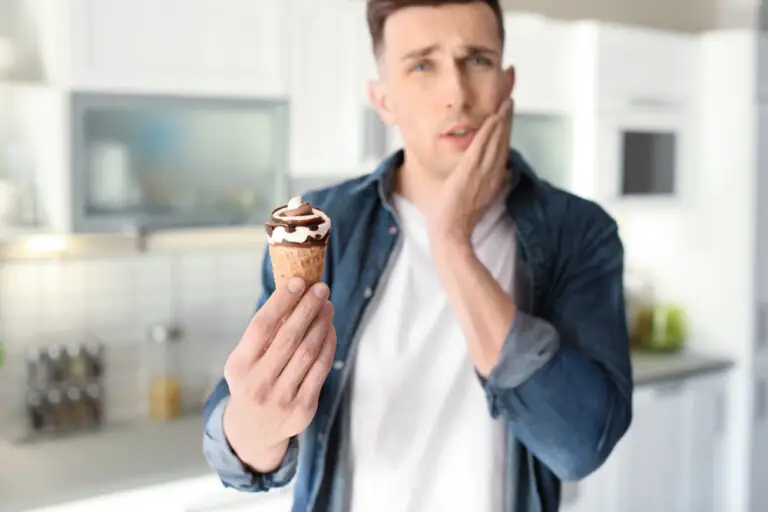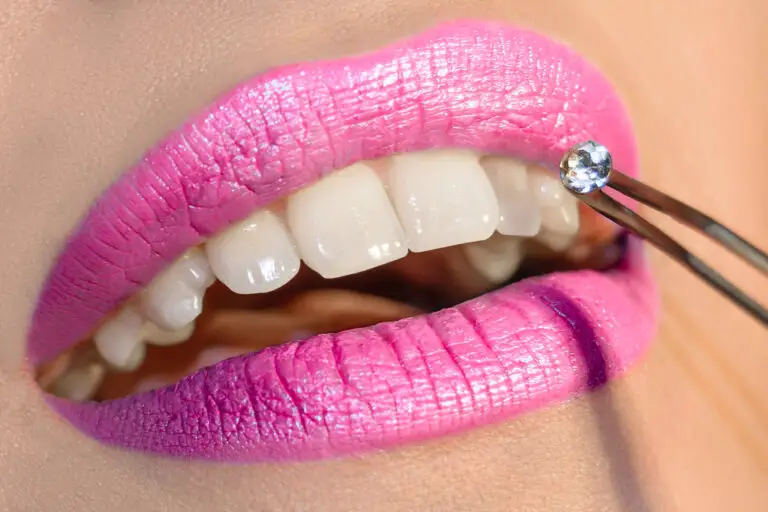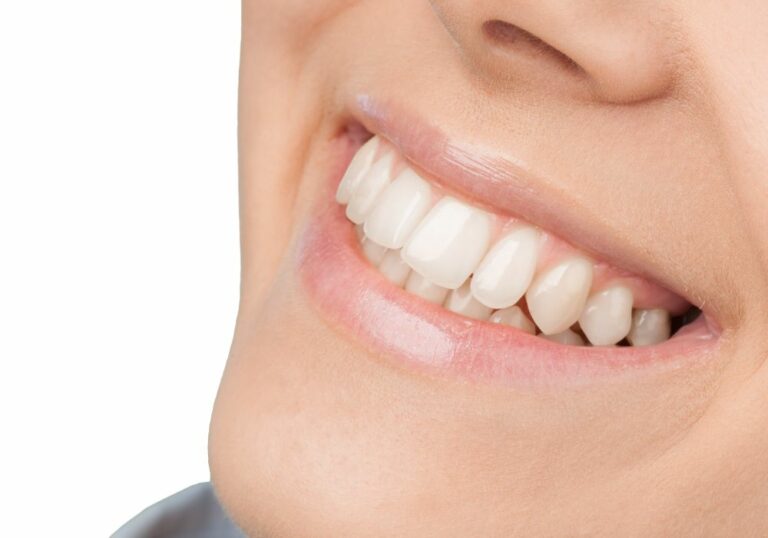Having pearly white teeth is something many strive for, as it can really boost your confidence and make your smile dazzling. You may be wondering, is it safe and effective to whiten your teeth every single day for a week? There are pros and cons to daily whitening, and precautions to take if you want to brighten your smile fast. Here is an in-depth look at the safety, effectiveness, proper methods, and alternatives for whitening your teeth daily.
Diving Into the Safety of Daily Whitening
Before considering intensive daily whitening, it’s prudent to examine the potential risks and how to avoid them. Here are some key safety factors:
- Use lower concentration whitening agents – Over-the-counter whitening strips, toothpastes, and tray kits are safer for enamel than professional whitening gels with very high peroxide content.
- Limit session duration – Whitening for more than 30 minutes consecutively increases sensitivity risk. Keep it brief.
- Take periodic enamel rest days – Refrain from whitening 1-2 days per week to allow remineralization and recovery.
- Rinse thoroughly after whitening – This minimizes gel residue contact with teeth and gums.
- Avoid highly acidic foods and beverages – Whitened enamel is temporarily more porous and prone to erosion.
- Use products with desensitizers – Formulas with potassium nitrate or fluoride reduce sensitivity.
- See your dentist if any severe sensitivity or irritation occurs – You may need prescription-strength desensitizing treatments.
With common sense precautions, whitening daily carries minimal risk. But moderation is key, as overdoing it can lead to short and long-term complications.
Evaluating the Effectiveness of Whitening Daily
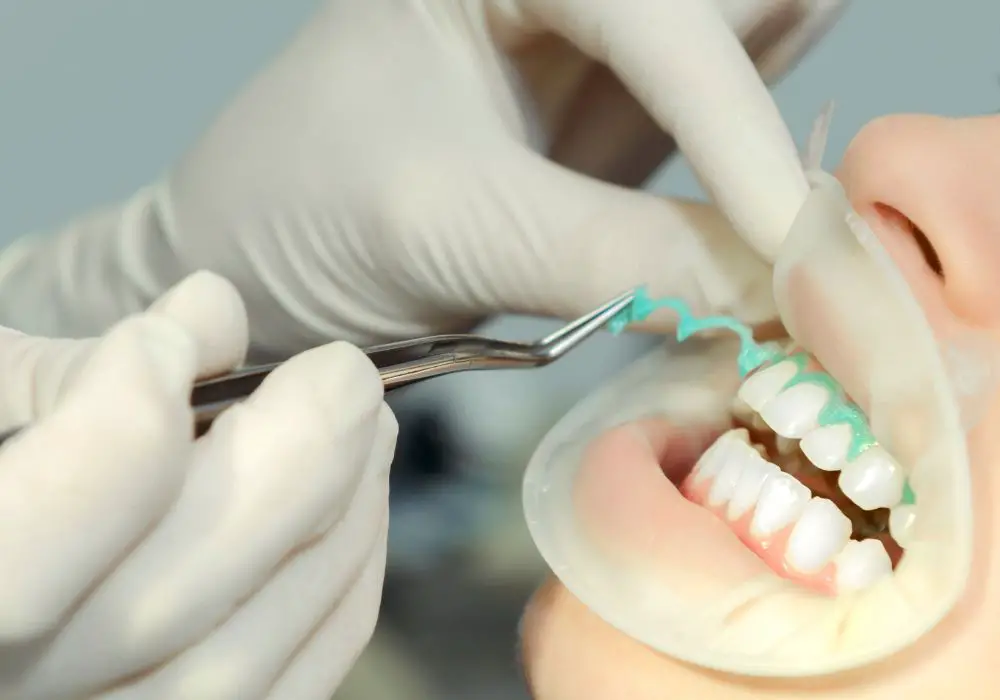
Will brushed-on whitening treatments work if you use them multiple times a day, every day for a week? The answer is yes, daily whitening can provide dramatic brightening, but several factors affect your results:
- Whitening product type – In-office treatments performed by a dentist produce the most intense whitening, while over-the-counter methods lead to gradual lightening over time.
- Contact duration – The longer whitening gels are in contact with your teeth per session, the better, up to 30 minutes max.
- Existing stain level – Surface stains whiten away faster than deeply set tetracycline discoloration. Manage expectations accordingly.
- Consistency – Diligently whitening daily yields better results than occasional or random use.
With proper technique, you can expect to see a noticeable boost in whiteness from daily use. Just don’t expect miracle instant results without other efforts.
Step-by-Step Routine for Daily Whitening
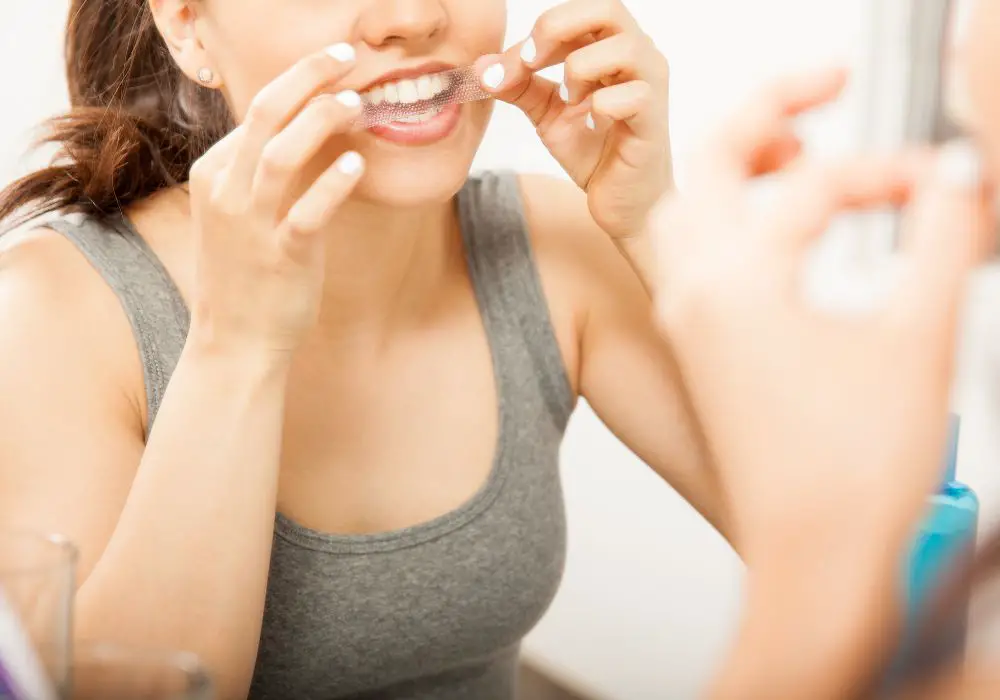
If you want to dive into daily at-home whitening, follow these steps to get it right:
- Brush and floss thoroughly before applying any whitening agent.
- Dry teeth thoroughly with a clean towel for better gel adhesion.
- Apply whitening strips, trays, or gel as directed on packaging.
- Leave on for the recommended duration up to 30 minutes max.
- Use water to rinse off all gel residue when done.
- Touch up with a follow up application if using short whitening strips.
- Avoid staining foods, drinks and tobacco for 60+ minutes afterwards.
- Repeat the process once or twice more daily, leaving several hours between sessions.
- Take a break from whitening completely every 5-7 days.
- Brush with desensitizing toothpaste if you experience sensitivity.
- Continue daily cycles for 1-2 weeks based on desired level of whitening.
- Maintain by whitening monthly or bimonthly after the intensive regimen.
With this strategic approach, you can maximize results from daily whitening while minimizing sensitivity.
What Are The Potential Side Effects?
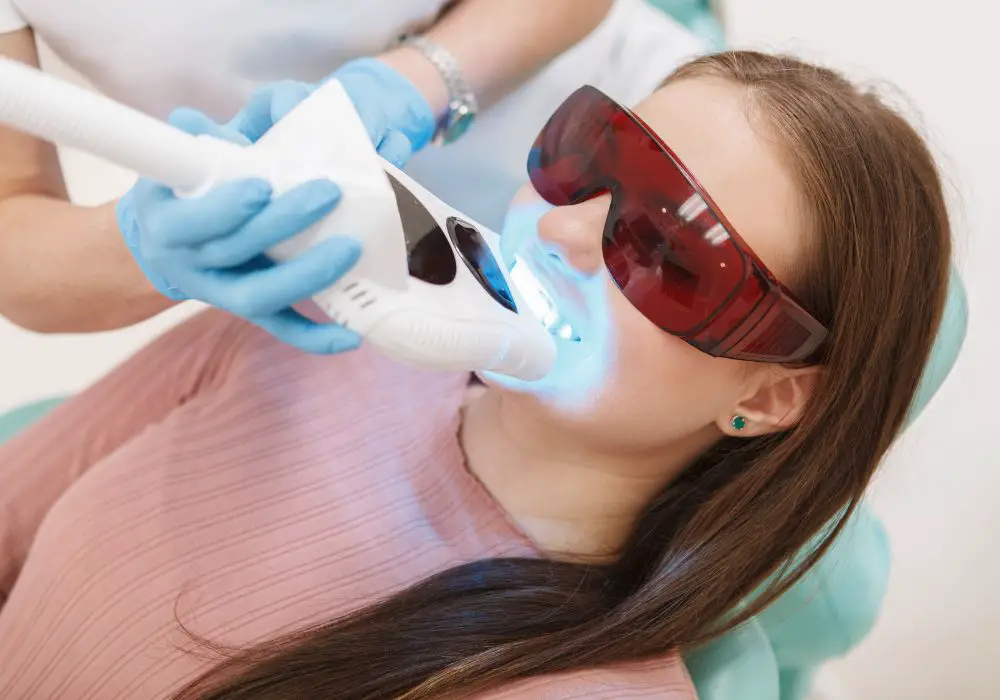
While generally safe when used responsibly, whitening teeth daily can produce temporary adverse effects like:
- Tooth sensitivity – The most common side effect, arises from dehydration of whitened enamel.
- Gum irritation – Whitening gel leaking onto gums may cause inflammation and discomfort.
- Enamel erosion – Aggressive overuse of peroxide whitening gels carries long term enamel damage risk.
- Existing dental work – Crowns, veneers, fillings and other restorations will be unaffected by whitening.
- Cavity sensitivity – Whitening agents may seep into existing decay and cause temporary pain.
- Digestive upset – Accidentally swallowing whitening gel can cause nausea, stomach pain, etc.
With judicious use, these side effects remain minor and fleeting. But overdoing it heightens the risks significantly.
How Long Do the Whitening Effects Last?
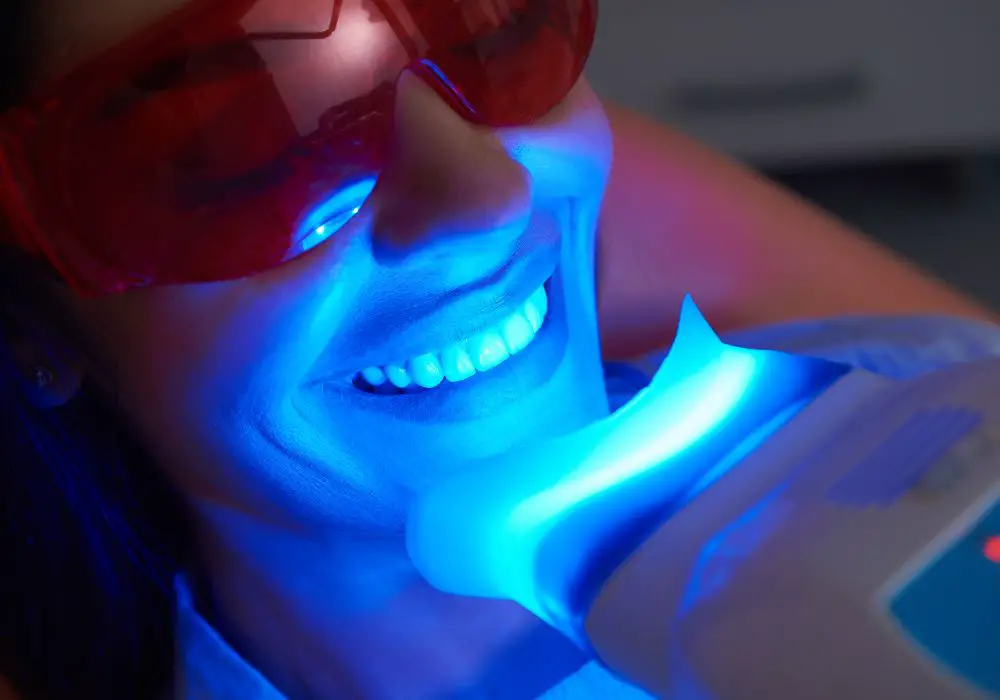
Depending on the product and method used, teeth whitened for a week straight retain their brightness for:
- Over-the-counter strips and trays – 1 to 3 months of retained whitening on average
- Custom trays from your dentist – 3 to 6 months
- In-office power whitening – 9 to 24 months
However, individual results vary based on genetics, oral environment, diet and habits. Continued periodic maintenance is required to sustain a white smile long-term.
Should I Use Whitening Toothpaste Daily?
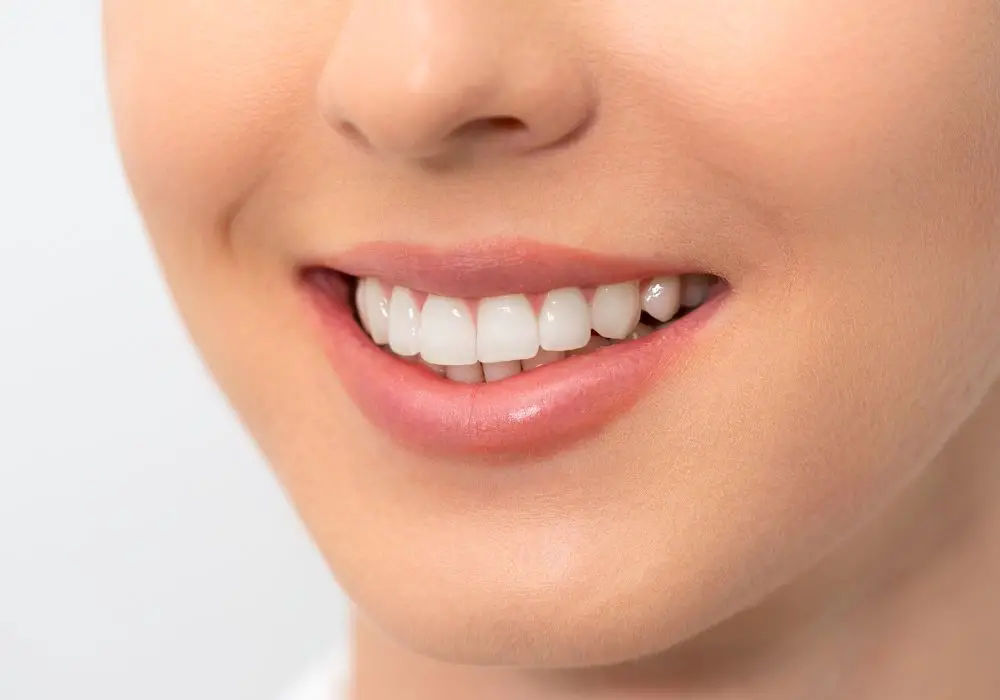
Whitening toothpastes serve as a nice supplemental option when used twice daily, but cannot match the performance of concentrated peroxide gels for intensive whitening. Here’s how they compare:
Whitening Toothpaste Pros:
- Gentler abrasives lift surface stains over time
- Contains low levels of whitening agents
- Easy to maintain long-term
Whitening Toothpaste Cons:
- Gradual lightening of just a couple shades
- Not effective on intrinsic tetracycline stains
- Must be used consistently for mild benefit
For optimal daily whitening, pair toothpaste with whitening strips or custom trays loaded with peroxide gel.
Should I See My Dentist First?
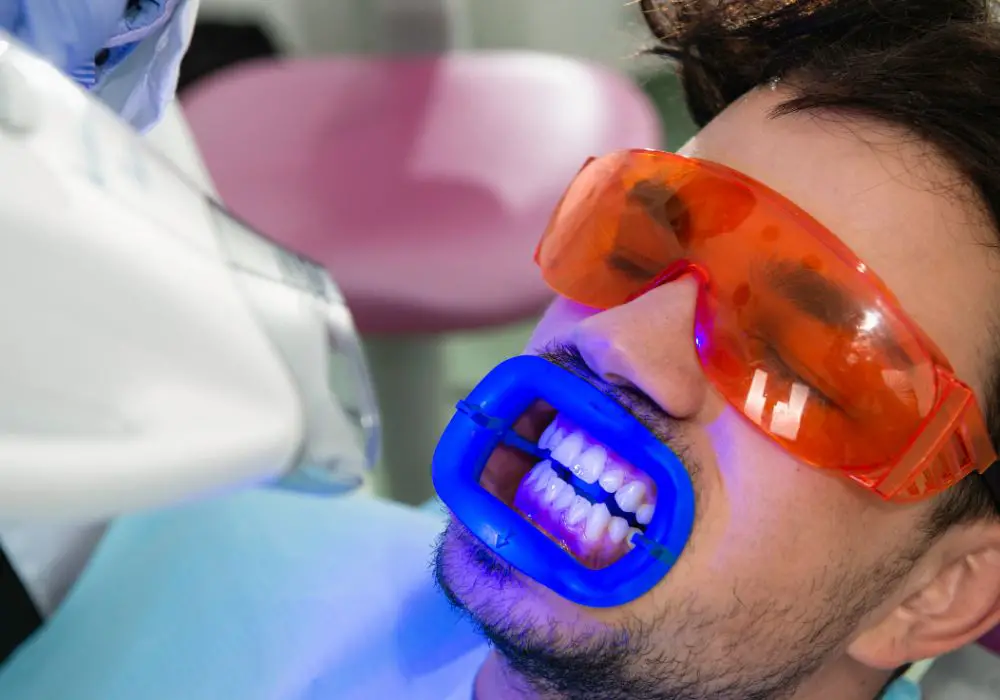
See your dentist before intensive daily whitening if you have:
- Untreated tooth decay or gum infection – These must be addressed first to avoid complications
- Deep tetracycline staining – May require custom in-office whitening instead
- Dental restorations – Whitening only affects natural teeth, so results will be uneven
- Extreme tooth sensitivity – May need prescription desensitizing treatments
- Major oral health issues – Some conditions preclude whitening altogether
For most people with healthy teeth and gums, over-the-counter daily whitening is considered low risk and safe when used responsibly. But consult your dentist if problems arise.
Frequently Asked Questions

1. Is it bad to use whitening strips twice a day?
It’s not recommended, as overusing whitening strips can increase your risk of side effects. Once daily for 30 minutes or less is sufficient.
2. Can I whiten for an hour every day safely?
Whitening for a full hour daily is not necessary and may damage enamel over time. Limit sessions to 30 minutes max for safer daily brightening.
3. How many minutes should I whiten each day?
Aim for just 10-30 minutes of daily whitening contact time. Take at least one rest day per week to allow enamel remineralization.
4. Can I use my custom whitening trays twice a day?
It’s best to only use whitening gel in trays once per day, for no more than 30 consecutive minutes. Too much can irritate your teeth.
5. What’s the maximum days in a row I should whiten?
Avoid whitening for more than 5-7 consecutive days. Take a 1-2 day break periodically to prevent complications.
Conclusion
While intensive daily tooth whitening comes with some risks and limitations, it can safely brighten your smile several shades when done carefully and in moderation. Use responsible habits, limit session length, allow enamel rest periods, and complement with quality oral hygiene. With a cautious approach, you can take your smile up a few levels with daily at-home whitening. Just don’t overdo it, and see your dentist if any concerns arise.

